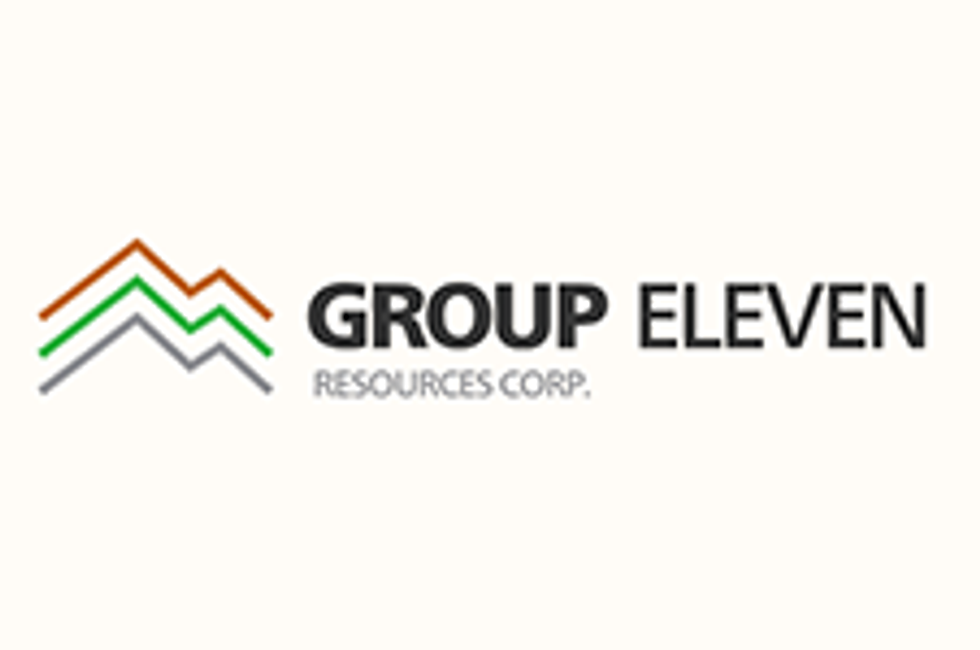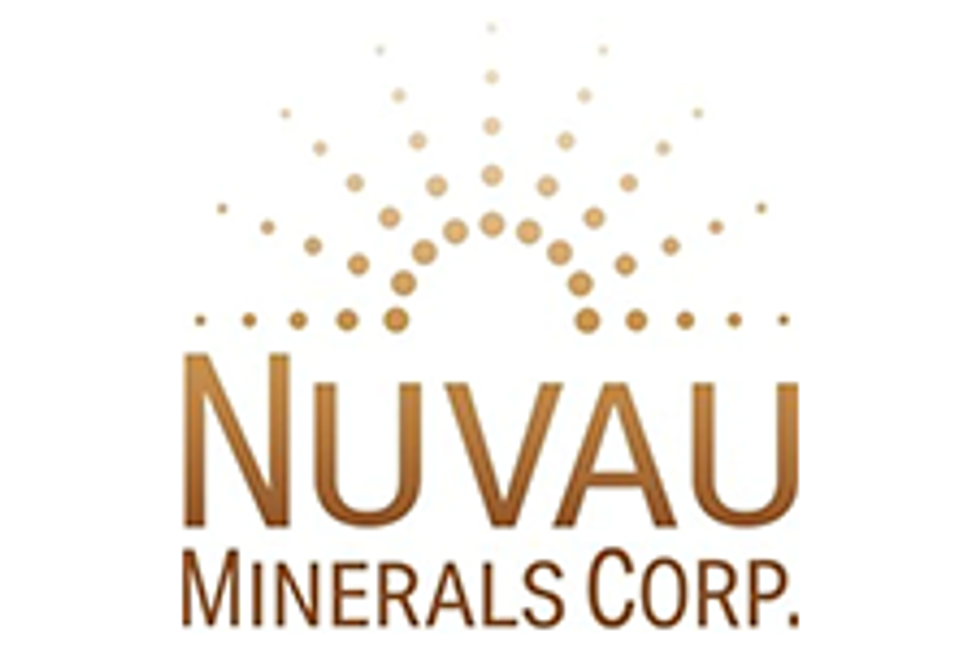Falling zinc prices continue to weigh on miners’ profits and news of softening Chinese demand has not helped the situation. But despite the slide, juniors and majors are still gearing up for the eventual supply crunch.
Refined zinc stockpiles at London Metal Exchange warehouses hit a 17-year high as demand for the metal fell faster than mined and refined zinc output last month.
Growing stockpiles have become a persistent trend within the zinc market, but the size of the surplus has raised concerns; stockpiles grew by 3.9 percent in the last month, to 1.02 million metric tonnes, hitting the 1 million mark for the first time since 1995.
The rising supply cache is a relatively robust indicator of a market where production has failed to yield in the face of a growing surplus of the industrial base metal. More precisely, zinc production outstripped metal demand by just under 150,000 tonnes between January and May of this year alone, according to the most recent International Lead and Zinc Study Group data.
Zinc’s outlook doesn’t look much brighter over the next 12 months. Markets are continuing to fret over the slowing global growth outlook and the knock-on effects to zinc demand, particularly in China.
A recent International Monetary Fund report noted that a 2 percent decrease in property investment in China could translate into a 3.4 percent decline in zinc demand. The Washington, DC-based research group projects that “[t]he impact on overall metal prices could last four quarters, with up to five to six quarters for lead and zinc.”
The outlook for zinc is already starting to show on the balance sheets of a number of zinc miners. Second-quarter earnings for Toronto, Canada’s Lundin Mining (TSX:LUN) fell, driven by a 27 percent reduction in sales from CA$184 million to $172.3 million, the company’s Q2 report showed this week.
Lundin’s reduced earnings came despite higher-than-expected sales numbers and lower-than-expected production costs. The fall in metal prices, with copper and zinc sinking by 14 to 23 percent over the past 12 months, were a major factor in Lundin’s Q2 earnings.
Teck Resources (TSX:TCK.A,TSX:TCK.B), which recently released its Q2 report, saw similar results. Its second-quarter year-on-year adjusted profit was CA$312 million, a 65 percent loss, also due to weaker zinc, copper, and coal demand.
Teck, whose zinc operations account for 6 percent of its business, also contributed to the overall surplus growth recorded across the zinc market over the past months.
“Refined zinc production was slightly higher than sales volumes in the quarter, as inventory levels were replenished after strong sales in the first quarter of 2012 had outpaced production,” the company said in its Q2 report, released this week.
Zinc juniors have not been immune to the market dynamics faced by major producers. Aquila Resources (TSX:AQA,ASX:AQA) and Canadian zinc miner Hudbay Minerals (TSX:HBM,NYSE:HBM) suspended plans to develop their Michigan-based zinc-gold-copper Back Forty project after Hudbay retracted from the companies’ strategic alliance, Platts reported this week.
Outlook remains unchanged
In spite of the continued, and arguably worsening, zinc market conditions, exploration and project development are continuing due to forecasts of supply corrections by late 2013.
This week, the Jakarta Globe reported that Dairi Prima Mineral, a subsidiary of Indonesian mining giant Bumi Resources, secured an operational permit for its lead-zinc property in Northern Sumatra. The project is slated to begin production in the second or third quarter of 2013, and will bring 200,000 tons of zinc onto export markets.
Teck, acknowledging short-run challenges, also stands by its belief in zinc’s long-term prospects.
“While we believe that the medium to longer term fundamentals for steel making coal, copper and zinc are quite favourable, the recent weakness in these markets may well persist over the near term,” the company said in a statement accompanying this week’s Q2 report.
Faith in the long term outlook primarily rests on the planned closure of a number of major zinc-producing mines slated for the next three years.
“We now think that the deficit is visible, that it’s coming,” Teck CEO Don Lindsay told Bloomberg back in February.
The question now for investors appears to be if demand can sustain itself enough to meet up with expectations for future growth within the market. This prospect may prove a challenging should surpluses continue to build over the coming months.
Securities Disclosure: I, James Wellstead hold no investment interest in any company mentioned in this article.


